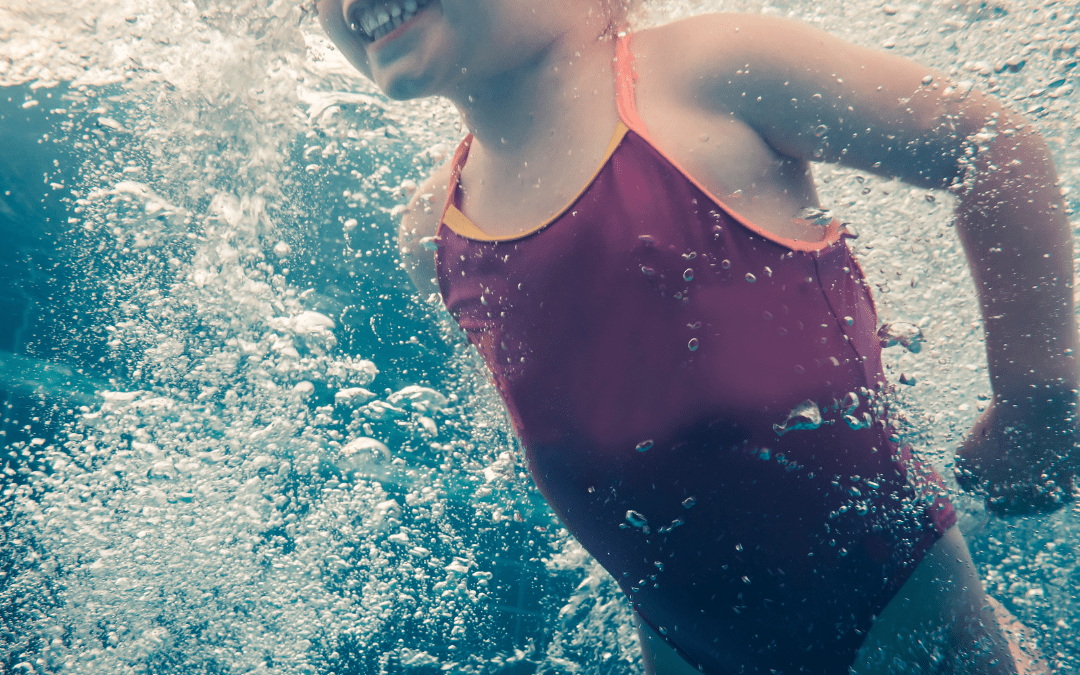Did you know drowning is the leading cause of death for children in our country?
On top of that, for every child who dies from drowning, another five receive emergency care for nonfatal submersion injuries.
According to the Centers for Disease Control, children between the ages of 1 and 4 have the highest drowning rates, with most occurring in swimming pools at home.
The Red Cross and Infant Swimming Resource are two excellent resources for swimming safety advice and swim training to help you and your kids be safe whenever in or near the water.
ISR’s 5 Important Keys To Water Safety
1. Effective Supervision
Provide close and constant attention to children you are supervising in or near water. No level of aquatic skill can replace active supervision.
- Never leave a young child unattended near water and do not trust a child’s life to another child; teach children to always ask permission to go near water.
- Designate a “water watcher” whenever in a group setting.
If your child is ever missing, look in the water first.
2. Pool Fences
Install a permanent 4-sided fence with self-locking gates. Ensure that the pool fence is at least 3-5 feet from the pool edge.
3. Alarms
Make sure all doors and windows leading to the pool are locked and alarmed.
Many children who drown in home pools do so during non-swim times – when they weren’t expected to be in the water, including as the swimming activity was coming to an end and everyone was thought to be out of the water.
Children are often out of sight for less than 5 minutes and in the care of one or both parents at the time of accidents occurring.
4. Survival Swimming Lessons
A moment’s inattention does not have to cost a child his life.
Enroll in age-appropriate water orientation and learn-to-swim courses.
ISR’s Self-Rescue® training is an added layer of protection, teaching your child water survival skills in a completely safe environment.
5. CPR
If an emergency happens, it is essential parents and families are prepared. Learn to perform CPR on children and adults and remember to update those skills regularly.
Enroll in home pool safety, water safety, first aid and CPR/AED courses to learn how to prevent and respond to emergencies.
For more advice on water safety and learn-to-swim courses visit https://www.infantswim.com/
Want support that actually gets it?
Find your local New Mom School and connect with a community of moms, experts, and real talk that makes the fourth trimester feel a little less overwhelming.
Wishing there was a New Mom School closer to you?
You might be the one to bring it there. Learn how to open a location in your town.

